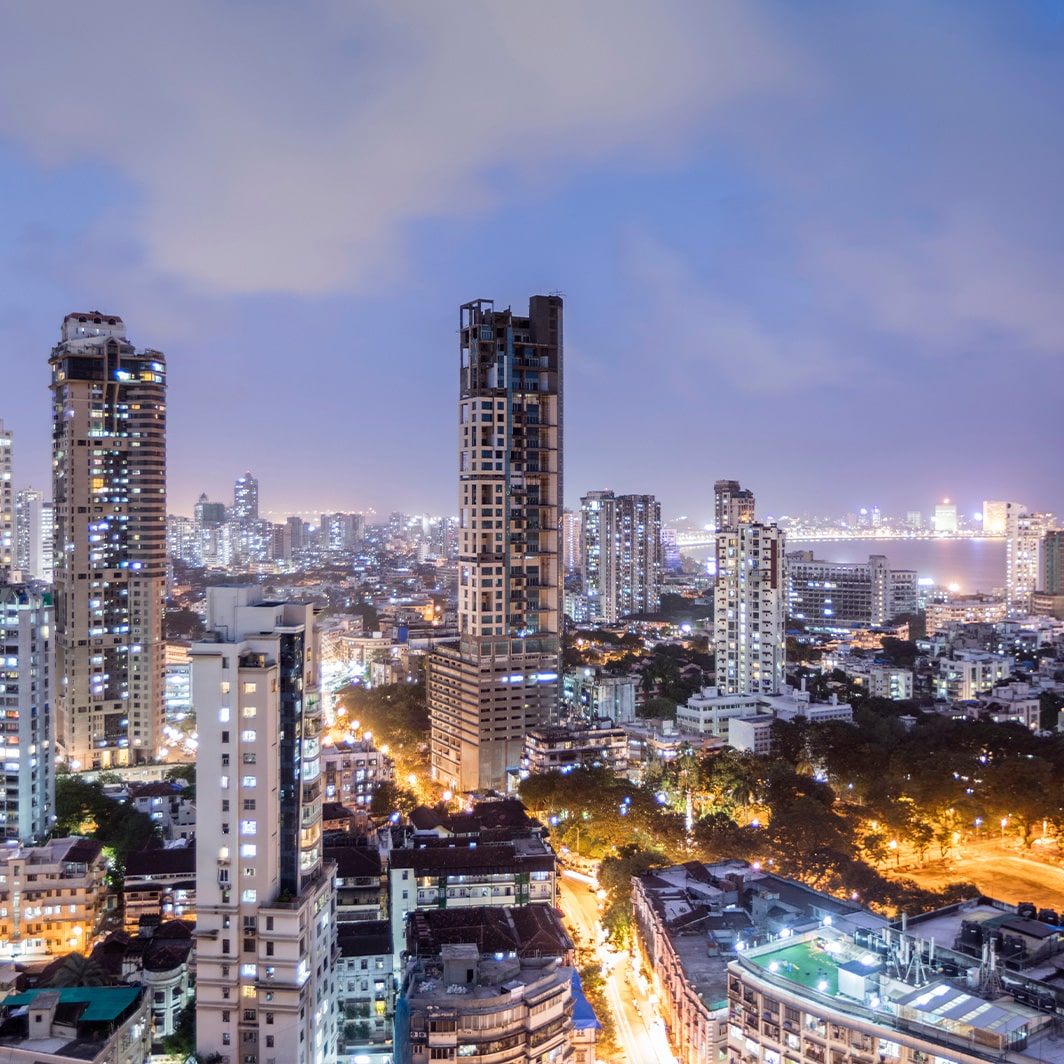Climate Action
Air pollution has been one of India’s biggest problems; it kills more than 1 million people in the country every year.
In India’s southern state of Tamil Nadu, a coal-fired power plant has been emitting 60,000 metric tons of CO2 every year till 2016. This industrial waste released into the air was a significant health risk. Many such energy-generating plants, industrial establishments, and other sources are why six Indian cities find their place amongst the world’s top 10 most polluted. The alarming haze of smog that engulfs India’s many beautiful monuments is a problem the government is determined to tackle.
Since 2017, the Tamil Nadu power plant became India’s first project to ensure the capture of carbon dioxide and its re-use as soda ash, commonly used in glassmaking. This science-fiction-turned-reality feat was made possible by Carbon Clean Solutions Limited (CCSL), founded by two IIT-Kharagpur alumni.
Images: Carbon Clean Solutions Ltd’s first plant converts carbon dioxide from coal-fired boiler into soda ash.


Electricity is the primary source of energy that can deliver accelerated growth. Coal-based electricity generation is the largest source of man-made CO2 emissions and India is no exception, as 60 percent of its electricity demand is met by coal.
Thermal generation is the single largest emitter, accounting for 30 percent of all energy-related carbon dioxide emissions. CCSL’s technology can reduce all that carbon in the environment — the hardest 25 percent of greenhouse gas emissions to control.
At the beginning of April 2020, India realized that change is possible. Almost overnight, toxic pollutants cleared, the skies glimmering with stars, waterbodies turned blue again, the air became fresh, fragrant and breathable and reports of majestic views, previously regarded as folklore, of the Himalayas from 200 kilometers afar surfaced. After two decades, northern India’s Air Quality Index (AQI) plummeted to an unbelievable all-time low.
Image: Urban areas around the world are seeing pollution levels drop during lockdown.
 now
now
 then
then
In a weekly podcast of World vs. Virus by the World Economic Forum, World Health Organization’s Dr. Maria Neira, highlighted,
Investing in new, renewable and clean sources of energy are good economic investments. The economic recovery has to be a healthy one.
The value of carbon capture and reuse technology
India is the world’s third largest CO2 emitter in absolute terms. A 2015 study by Accenture Strategy and CDP report points out that carbon capture and reuse technology could create value through avoided emissions costs and drive the reuse of carbon-based products in industrial applications like cement production or agriculture.
increasing thereafter.




















